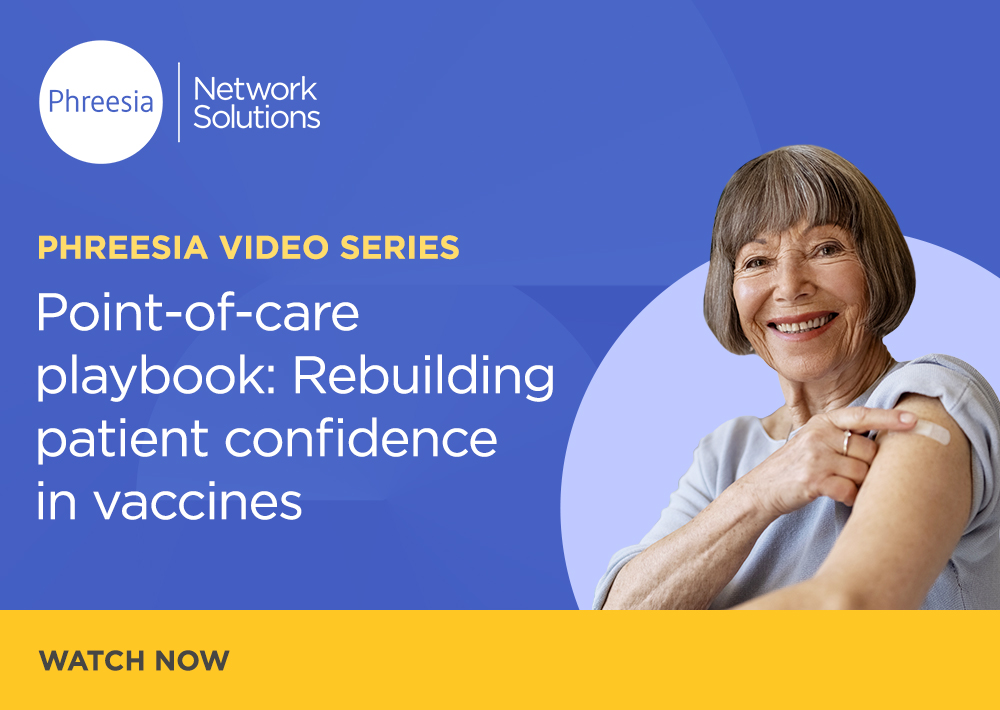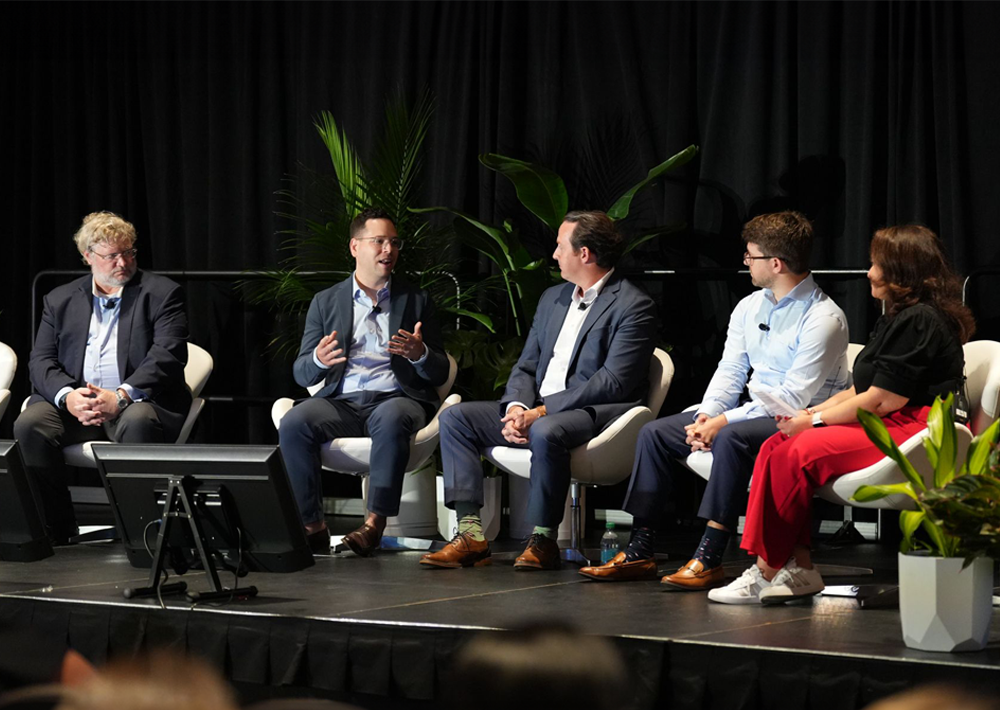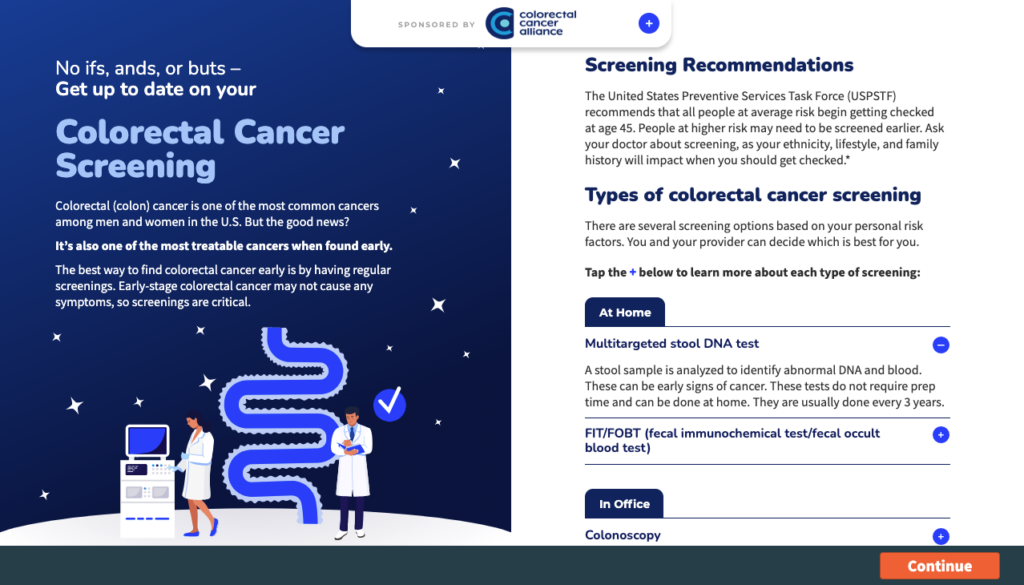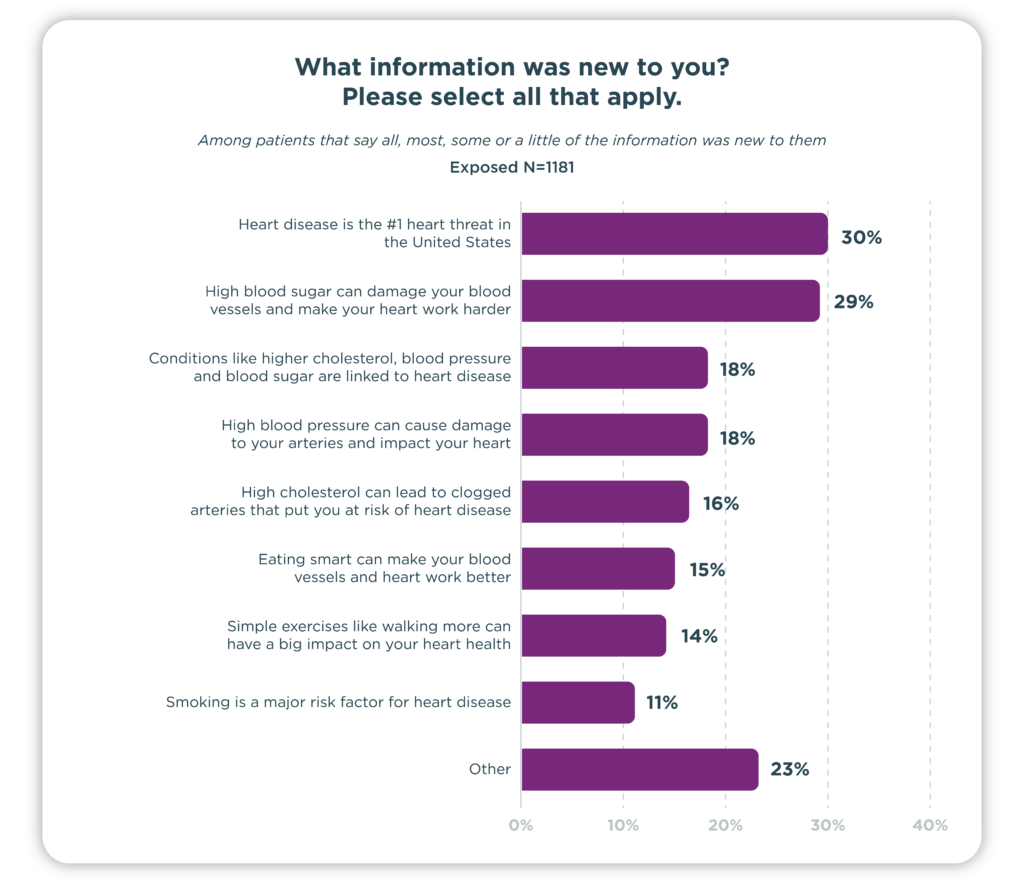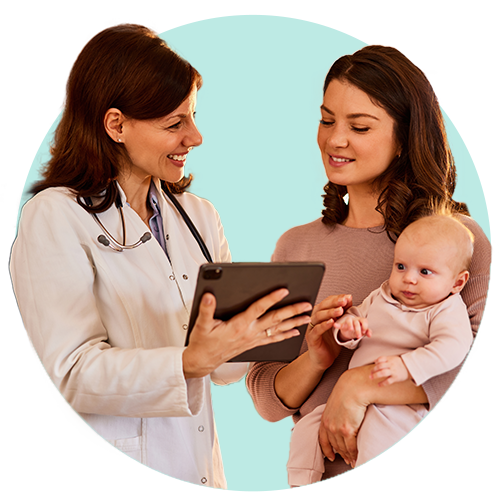
With exclusive ad placements, high engagement rates and easy integration with your broader campaigns, MediFind Moments offers a direct path to meaningful results.
A healthcare journey often starts with research. Google receives more than 1 billion health-related questions each day, and many adults go online specifically to look for medical information.
For individuals living with rare or chronic conditions, these searches are more than casual inquiries. They’re high-intent, high-stakes efforts to find answers, specialists and support. These individuals are actively navigating a complex care journey, and they’re searching with purpose.
But the challenge for healthcare organizations is finding a way to engage consumers when they’re actively pursuing healthcare and ready to make decisions. That’s where MediFind stands apart.
The MediFind advantage
MediFind is a leading website where people in the United States can find and book care with recognized experts on their unique conditions. MediFind’s algorithms sift through millions of data points to assign a level of expertise (elite, distinguished, advanced and experienced) in specific conditions to each of the 2M+ physicians in the database. MediFind classifies expertise with specific conditions based on these data categories:
- Research
- Volume of patients
- Peer standing
- Connectedness to other experts
MediFind has approximately 2 million monthly visitors and advanced, data-driven algorithms that help users find top doctors across more than 3,500 conditions. Through its MediFind Moments offering—a contextually relevant, privacy-compliant media solution—healthcare organizations can deliver display media on select condition pages, treatment pages and provider profiles to an action-ready audience.
By placing banner ads in high-intent environments, MediFind Moments enables every type of healthcare organization to reach individuals not just broadly, but meaningfully. Here’s what sets MediFind apart:
- Exclusivity: Secure 100% share of voice on the condition and doctor profile pages most relevant to your brand—no competing ads.
- Lower-funnel impact: One in three users go on to see a doctor within 30 days.
- Performance: Privacy-compliant, brand-safe placements with 75%+ viewability and click-through rates higher than the industry average.
Once a brand or organization secures a condition, treatment or doctor profile page, no other advertisers can appear there. It’s a first-come, first-served opportunity to own the moment consumers are ready to act.
Real-world success: How the Prevent Cancer Foundation leveraged MediFind Moments to support cancer screenings
One powerful example of MediFind Moments in action comes from the Prevent Cancer Foundation. In 2024, the Prevent Cancer Foundation used MediFind Moments to increase awareness of routine cancer screenings among consumers searching for care. They wanted to reach individuals who were searching for specialty doctors or preventive care. To reach these types of consumers, the Prevent Cancer Foundation ran banners on the following types of pages:
- Specialty doctor search pages, such as dermatology, obstetrics and gynecology, oncology, primary care, and radiology
- Condition doctor search pages, such as breast cancer, cervical cancer, colorectal cancer and basal cell skin cancer
- Healthcare provider profile pages, such as doctors with experience screening or treating cancer conditions
“We were very interested in sharing our ‘Early Detection=Better Outcomes’ messaging, which is all about routine cancer screenings,” explains Diane Tilton, Senior Director of Education Marketing at Prevent Cancer Foundation. “We wanted our banner ads to drive people to our website, where they can determine what cancer screenings they need based on their age.”
The Prevent Cancer Foundation’s campaign saw incredible success in its first three months:
- 3.7 million impressions generated across pages
- 95% of traffic driven via organic search by a high-intent audience
- 125% higher click-through rate from healthcare provider profiles than benchmark
“We also found that visitors who came to our website through the banner ad spent more time on the page compared to visitors from other campaigns,” Tilton says.
How organizations can use MediFind Moments
Reaching consumers when they are actively searching for care creates opportunities for every kind of healthcare organization.
- Pharmaceutical manufacturers can use MediFind Moments to educate consumers about available therapies, raise awareness around specific disease states and support treatment decision making.
- Nonprofits benefit by increasing visibility for patient resources, support services and educational content, especially for hard-to-reach conditions.
- Advocacy groups can connect with underserved or marginalized communities, delivering timely, relevant information when consumers are actively seeking support.
- Government agencies can drive engagement with public health initiatives, such as screening programs, vaccination campaigns or chronic disease education.
- Healthcare marketing agencies can deliver greater value to clients by integrating MediFind Moments into patient-centric campaigns with exclusive placements.
You don’t need more impressions—you need the right ones. MediFind connects you to the consumers who are actively researching care, making decisions and looking for support. With exclusive ad placements, high engagement rates and easy integration with your broader campaigns, MediFind Moments offers a direct path to meaningful results.
Want to claim your condition or doctor profile pages? Let’s talk how to get started.
